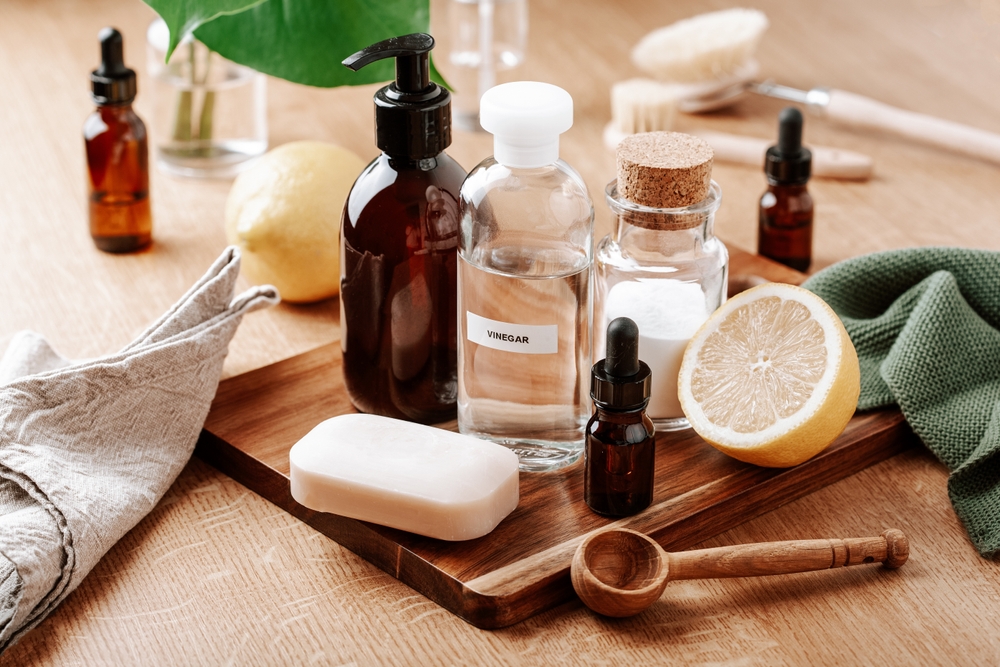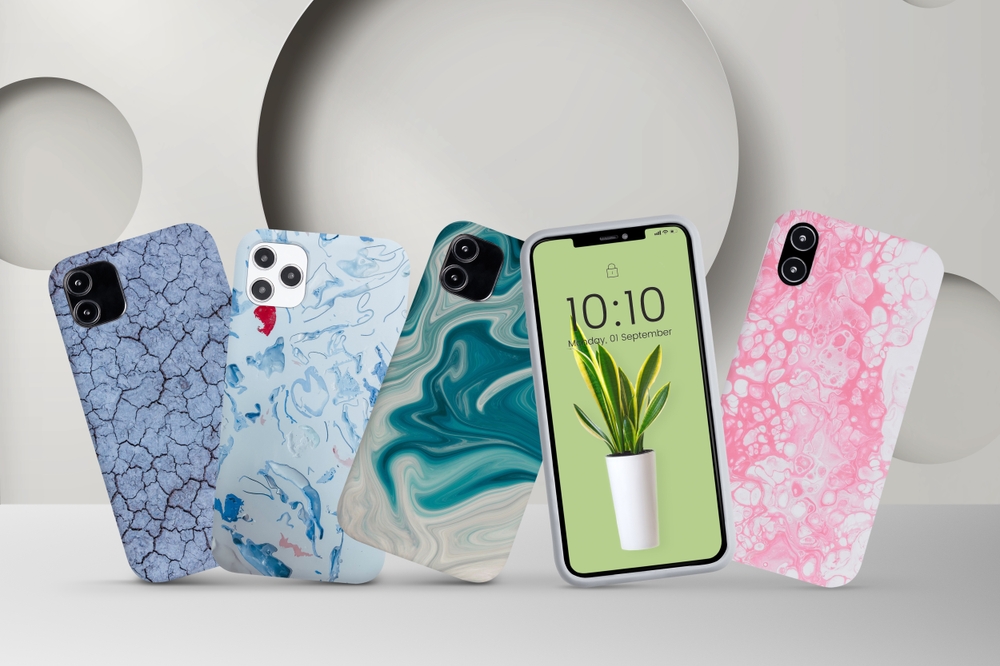In a world awash with choices, it’s easy to get swept up in the allure of shiny new things. We buy them because they promise to simplify our lives, elevate our status, or provide some elusive sense of fulfillment. Yet, many of these items are overpriced and overhyped, offering little more than a fleeting thrill. Here are 15 such purchases that often clutter our lives and drain our wallets, despite their questionable value.
1. Expensive Skincare Products
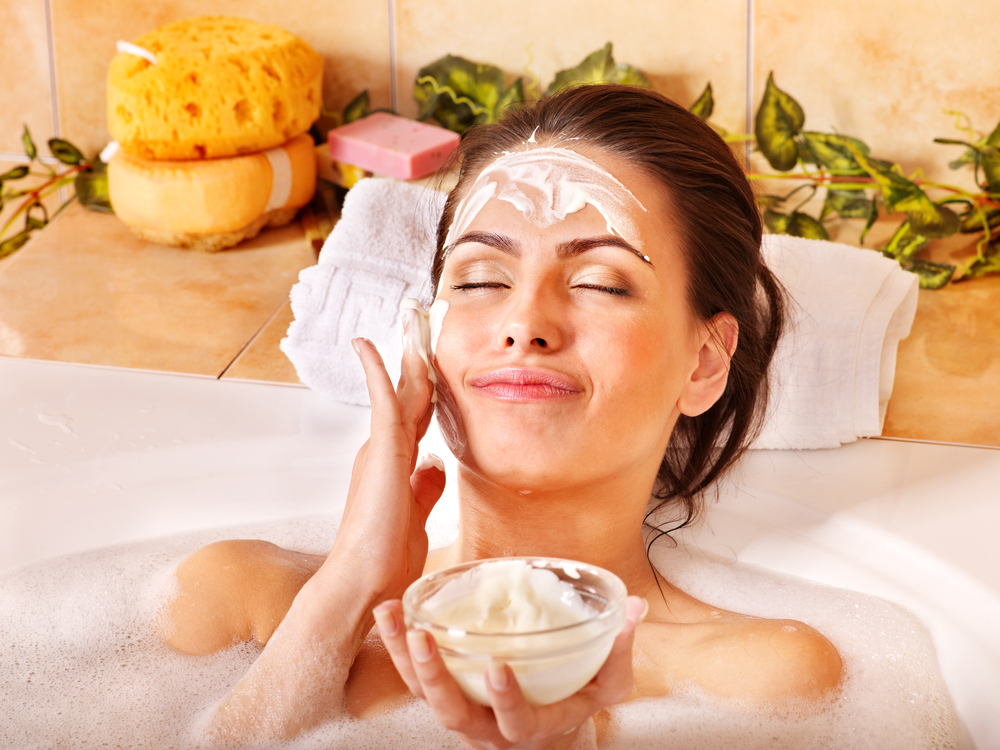
The skincare industry thrives on the promise of eternal youth and flawless skin, often wrapped in luxurious packaging and high price tags. You might feel that the more you spend, the more effective the product, but this is a cleverly marketed illusion. Many high-end creams and serums offer little more than their drugstore counterparts, with dermatologists frequently recommending affordable brands.
While it’s tempting to splurge on the latest miracle product, your skin’s health depends more on consistency and proper care than price. A solid skincare routine with a few key ingredients often yields better results than a cabinet full of expensive products. Remember, it’s not about the brand, but the science behind the ingredients that truly matters. So, take the time to research and choose wisely.
2. Trendy Overpriced Superfoods
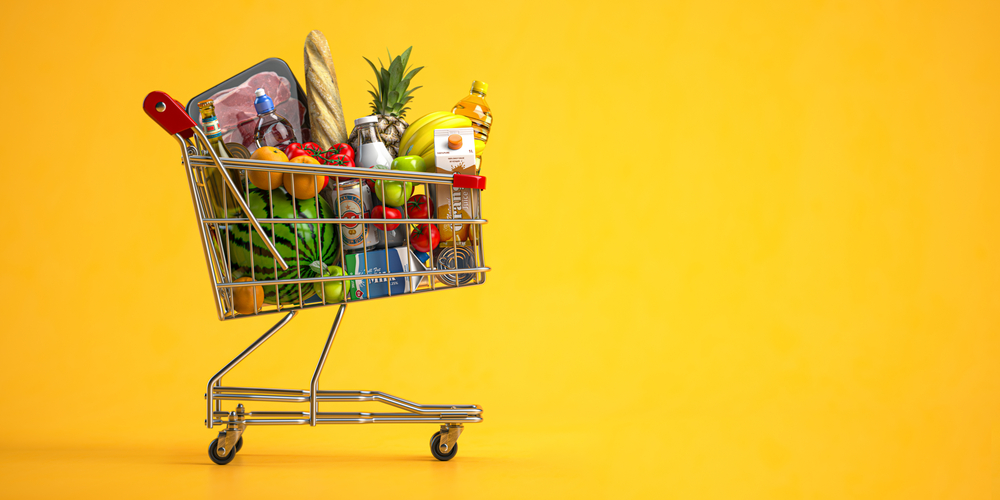
The superfood trend has emerged as a key player in the health food industry, promising exceptional nutritional benefits and often sporting a hefty price tag. While foods like acai berries, chia seeds, and quinoa are undoubtedly nutritious, their super status is often overstated. The price you pay for these foods usually reflects branding rather than superior health benefits.
Research from Harvard Health Publishing indicates that while superfoods are healthy, they are not necessarily more nutritious than common foods like apples, broccoli, or beans. These everyday foods can provide similar health benefits at a fraction of the cost. Next time you’re tempted to buy into the superfood hype, consider the broader spectrum of affordable, nutrient-dense foods. You might find that your pantry staples are super enough.
3. Fancy Water Bottles
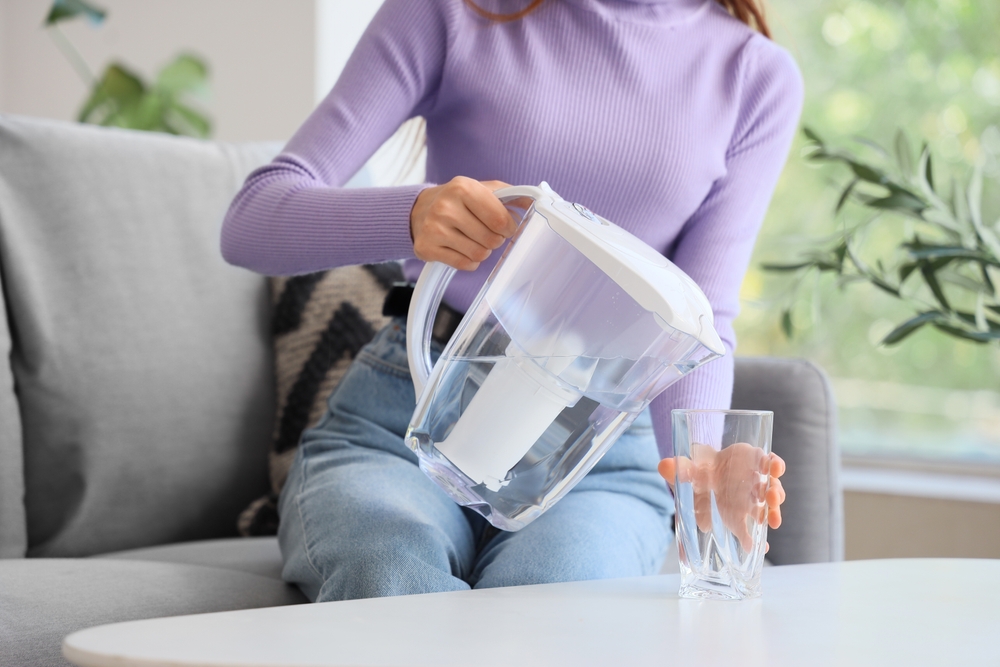
In an age where hydration is marketed as a lifestyle, fancy water bottles have become more of a status symbol than a necessity. Brands have turned the humble water container into a fashion accessory, and people are willing to shell out $50 or more for one. The promise of superior insulation or sleek design seduces you, convincing you that tap water tastes better from a bottle with a brand logo. But in reality, a simple reusable bottle does the job just as well without breaking the bank.
According to a study by the Environmental Protection Agency, the environmental benefits of reusable water bottles are only realized if they are used consistently over time. Yet, many end up collecting dust in cupboards after the novelty wears off. The truth is, a more affordable and practical option could serve the same purpose without adding to the clutter. So, before you hit that checkout button, ask yourself if it’s really about the water or the image.
4. Designer Workout Clothes

Designer workout clothes have become almost as crucial as the exercise itself for many people. The idea is that if you look good, you’ll feel good, and consequently, perform better. Yet, these expensive fabrics often promise more than they deliver, offering little more than a label at a premium price. The truth is, your local sportswear store probably has gear that’s just as functional.
What’s more, the pressure to keep up with the latest fitness fashion trends can turn your workout routine into a fashion parade. This focus on style over substance can detract from the primary goal—your health and well-being. Instead of splurging on luxury brands, consider focusing on comfort, durability, and affordability. After all, no amount of spandex can substitute for hard work and dedication.
5. Premium Coffee Pods

The convenience of single-serve coffee makers has made premium coffee pods a staple in many kitchens. You might be lured in by the promise of café-quality brews at the push of a button, but this convenience comes at a steep price. The cost per cup can exceed that of a coffee shop visit, and the environmental impact of those single-use pods is another concern.
A study published by the University of Bath highlights the significant waste generated by these pods, noting that billions end up in landfills each year. While some companies offer recycling options, they rely on consumer participation, which is often lacking. Switching to traditional brewing methods can save money and reduce waste, without sacrificing your caffeine fix. It’s a simple trade-off that supports both your wallet and the planet.
6. Trendy Home Decor

Home decor trends come and go, but the urge to keep up with them can lead to an endless cycle of buying and discarding. These items often promise to transform your living space into a haven of style and sophistication. However, many such pieces are overpriced and contribute more to visual clutter than to genuine comfort or functionality.
The constant push for seasonal decor updates can put a strain on your budget and create unnecessary waste. Instead of chasing every trend, consider investing in timeless pieces that reflect your personal taste and stand the test of time. When decorating your home, remember that less is often more, and quality should always trump quantity. A well-curated space offers more satisfaction than a fleeting trend ever could.
7. Luxe Scented Candles
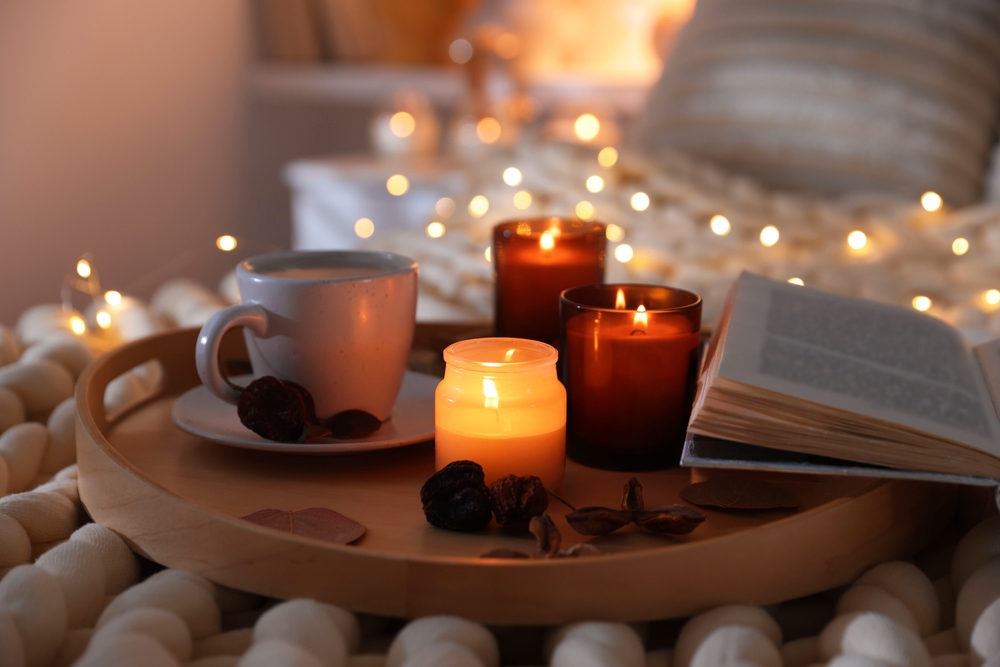
A luxury candle can elevate the ambiance of a room, but it often does so at a staggering cost. With some candles priced higher than a decent bottle of wine, it’s worth questioning what you’re paying for. While exquisite scents and beautiful packaging may seem worth the splurge, the core component—wax—is largely the same across price points.
According to experts in the fragrance industry, the main differences between candles come down to scent complexity and burn time, aspects that don’t always justify the price. In many cases, a mid-range candle can offer a similar sensory experience without the exorbitant price tag. Before lighting up your next expensive candle, consider whether a less costly option could create the same warm, inviting atmosphere. Your wallet and sense of smell might thank you.
8. High Tech Gadgets

The allure of owning the latest high-end tech gadgets is hard to resist. They promise improved functionality, sleek designs, and the thrill of having cutting-edge technology at your fingertips. However, these devices are often only marginally better than their predecessors, with the high price tag reflecting novelty rather than necessity.
Frequent upgrades contribute to electronic waste and encourage a cycle of consumption that’s difficult to break. Choosing to hold onto your current device until it truly needs replacing is both economically and environmentally savvy. Remember, tech companies thrive on creating desire for the new, rather than need. So, consider whether those incremental improvements truly enhance your life in meaningful ways.
9. Stylish Designer Handbags

A designer handbag is more than just a fashion accessory; it’s a statement of style and status. The craftsmanship and brand prestige can make these bags seem like worthy investments. Still, their hefty price tags often include a significant markup for the brand, not just the materials or labor.
The fashion industry is notorious for setting trends that encourage frequent buying, making it easy to justify regular splurges on luxury items. However, a well-made, non-designer bag can offer the same functionality and durability without the burden of a designer price. When considering your next handbag purchase, think about what truly matters to you—brand recognition or genuine quality. Your sense of personal style should always lead the way.
10. Monthly Subscription Boxes

Subscription boxes have surged in popularity, offering curated selections of products delivered to your door monthly. They promise convenience and discovery, allowing you to explore new products without the commitment of a full purchase. Yet, the cost of these boxes often exceeds the value of the items inside, especially when you consider unused or unwanted products.
The novelty of receiving a package each month can quickly wear off, leaving you with clutter and buyer’s remorse. Rather than subscribing to a service, consider handpicking items you genuinely need or want to try. This approach is more sustainable and ensures you’re only purchasing products that align with your preferences. Ultimately, fewer, more thoughtful purchases lead to greater satisfaction than a steady stream of surprise items.
11. Gourmet Kitchen Appliances
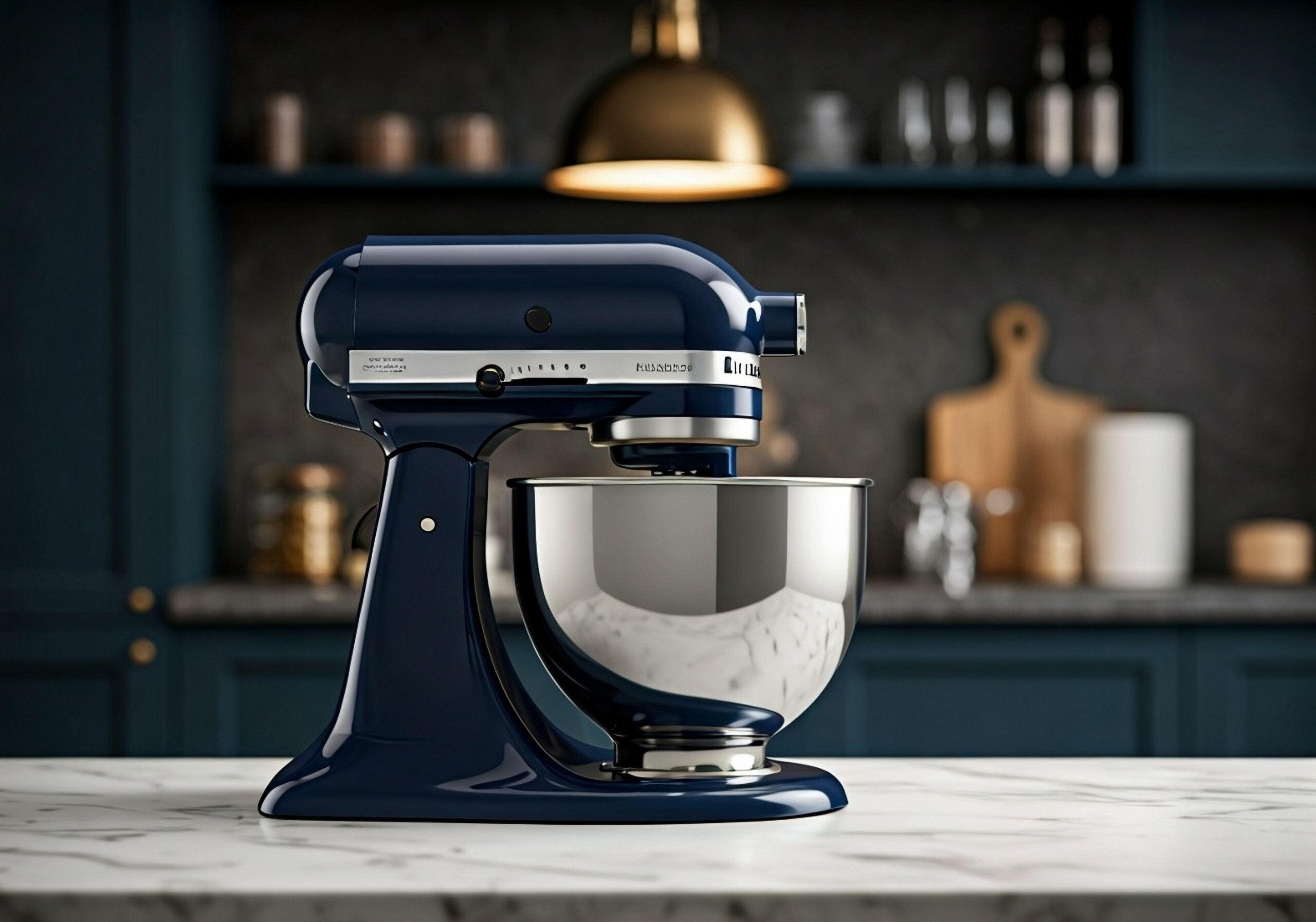
Gourmet kitchen appliances entice with promises of professional results in the comfort of your own home. The allure of becoming a home chef drives many to invest in top-of-the-line gadgets. However, these high-end appliances often come with features you’ll rarely use, and the hefty price tag doesn’t always guarantee superior performance.
Many home cooks find that mid-range appliances deliver comparable results without the hefty investment. Before splurging on the latest gadget, consider whether it’ll truly enhance your cooking experience or end up as an expensive countertop ornament. A well-equipped kitchen is less about the brand and more about how you use the tools you have. Remember, the most important ingredient in any recipe is skill, not the appliance that makes it.
12. Expensive Fitness Equipment
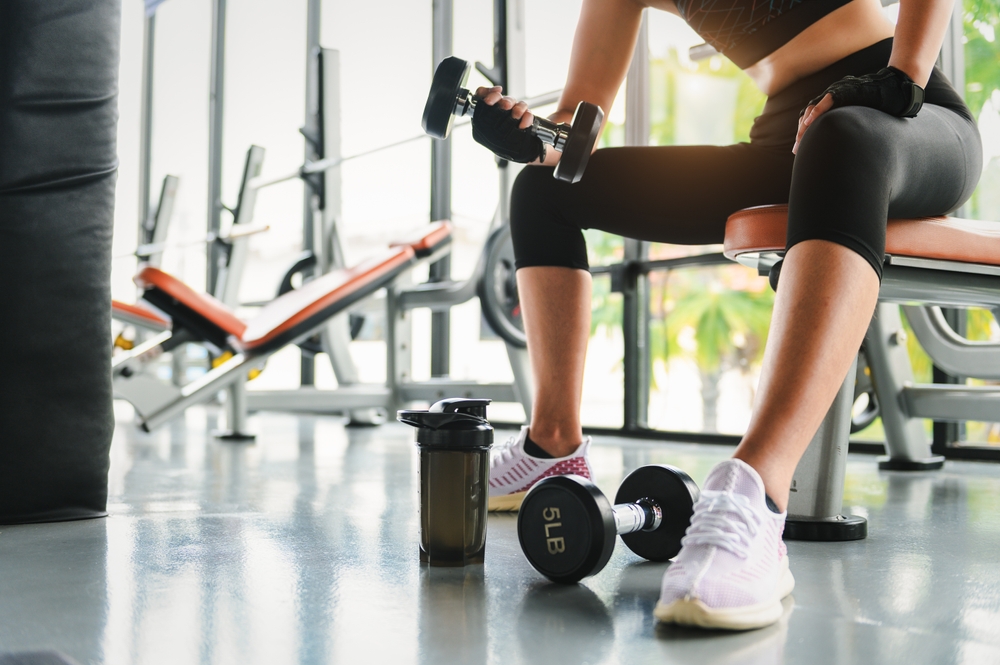
The promise of a home gym setup that’s both effective and convenient can lead to impulsive purchases of expensive fitness equipment. Treadmills, elliptical machines, and stationary bikes often sit as unused symbols of good intentions. These large-scale investments are particularly appealing during new year resolutions or fitness kicks, but their appeal often fades over time.
Many fitness experts advocate for a minimalist approach, emphasizing bodyweight exercises and simple equipment like resistance bands or dumbbells. These affordable alternatives can provide versatile and effective workouts without emptying your bank account. Before buying the latest exercise machine, evaluate your fitness goals and habits. The best investment is usually in exercises you’ll actually enjoy and stick with.
13. Gourmet Meal Kits
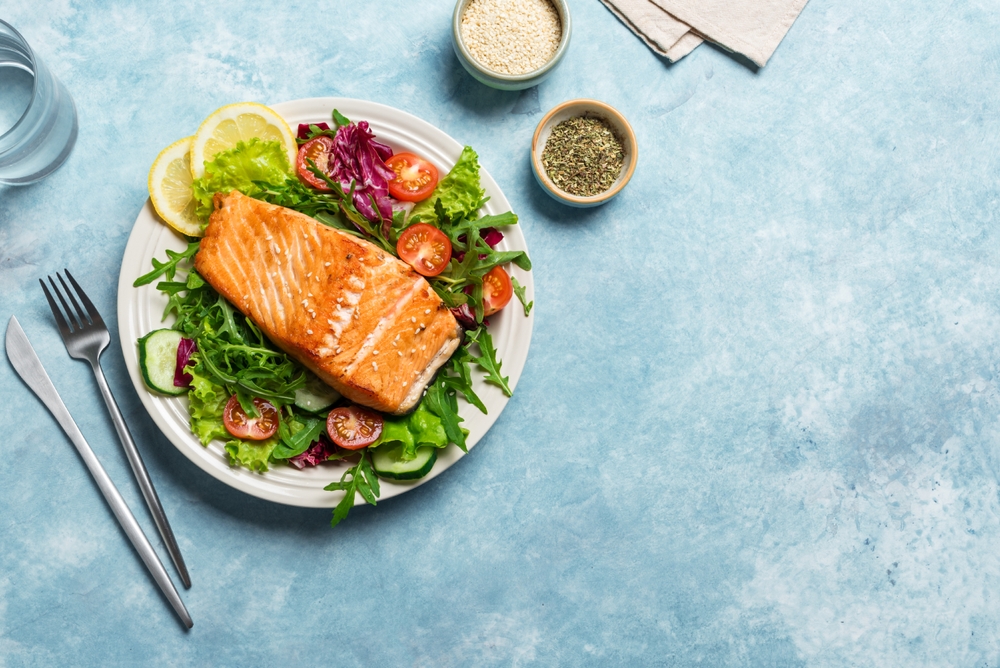
Gourmet meal kits offer the promise of culinary adventure without the hassle of meal planning or grocery shopping. You pay for the convenience of receiving pre-portioned ingredients and detailed recipes right to your door. Yet, the cost per meal is often higher than dining out and significantly more than a homemade meal.
The convenience comes with a downside, as the packaging waste generated by these services is substantial. Many people find that planning and preparing meals at home can be just as satisfying and far more economical. Instead of relying on meal kits, consider experimenting with new recipes and exploring local markets for fresh ingredients. You might discover that the joy of cooking lies not just in the eating, but in the entire process.
14. Curated Vacation Packages

Expensive vacation packages promise hassle-free travel with luxurious accommodations and curated experiences. When you’re sold on idyllic photos and the allure of exclusivity, it’s easy to overlook the markup for these all-in-one deals. However, planning your own trip can offer more flexibility and substantial savings, allowing for a more personalized experience.
Travel experts often recommend booking flights and accommodations separately and seeking out local guides or experiences upon arrival. This approach not only saves money but often leads to more authentic travel experiences. Instead of opting for the pre-packaged route, embrace the adventure of crafting your own itinerary. True travel enrichment often comes from unexpected discoveries and the freedom to explore at your own pace.
15. Celebrity-Endorsed Products

The power of celebrity endorsements is undeniable, often swaying purchasing decisions with the promise of shared glamor. Celebrity-backed products—from beauty lines to lifestyle items—are marketed as a chance to capture a piece of their aspirational lifestyle. Yet, many of these products are overpriced and, at times, underwhelming in quality.
According to consumer psychologists, the allure of celebrity associations can overshadow the actual value or functionality of a product. Instead of being dazzled by star power, focus on reviews and research to make informed choices. Remember, even the most famous faces use their influence to sell dreams, not necessarily quality. Your hard-earned money is better spent on products that genuinely meet your needs.
This article is for informational purposes only and should not be construed as financial advice. Consult a financial professional before making investment or other financial decisions. The author and publisher make no warranties of any kind.






